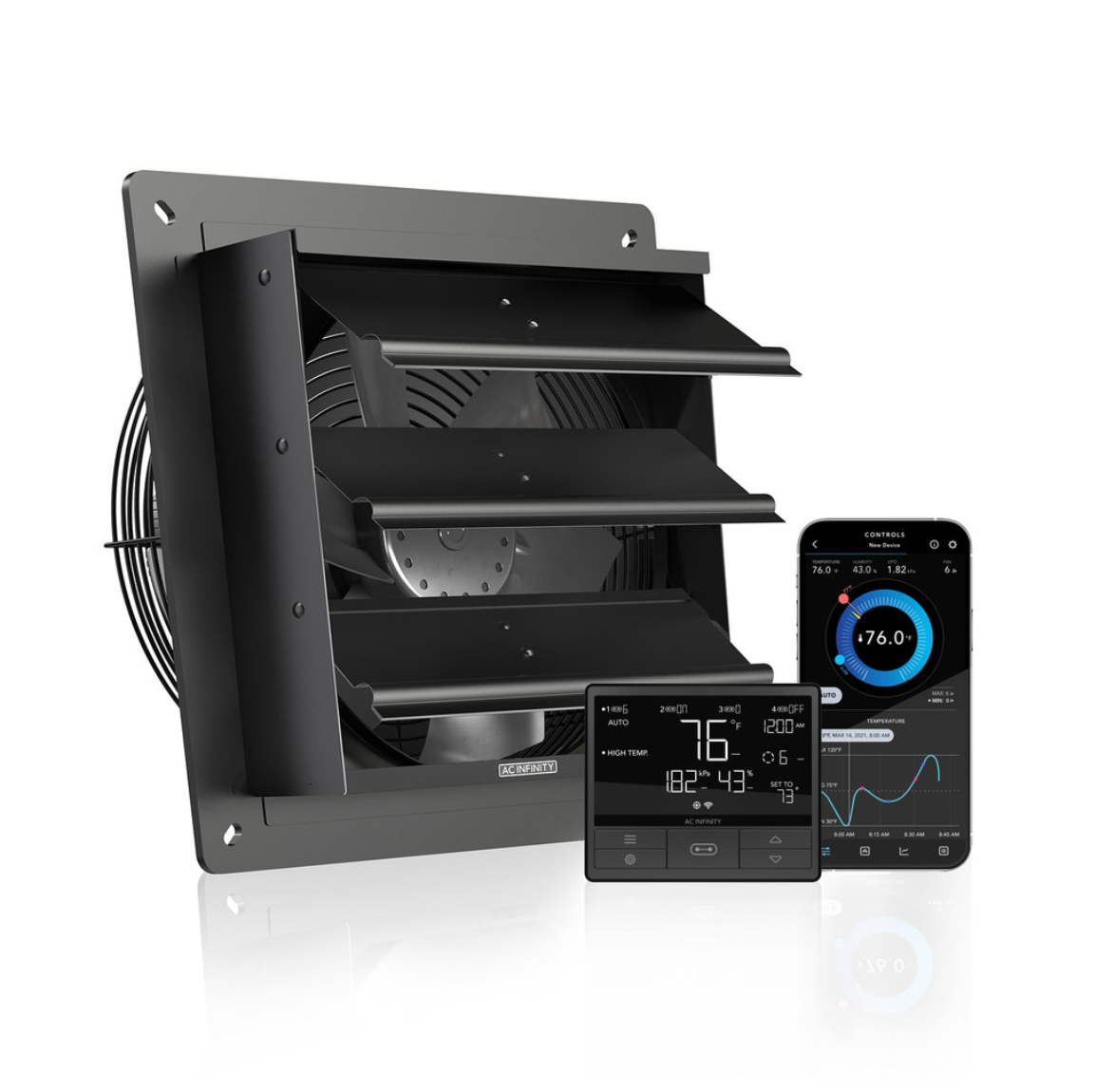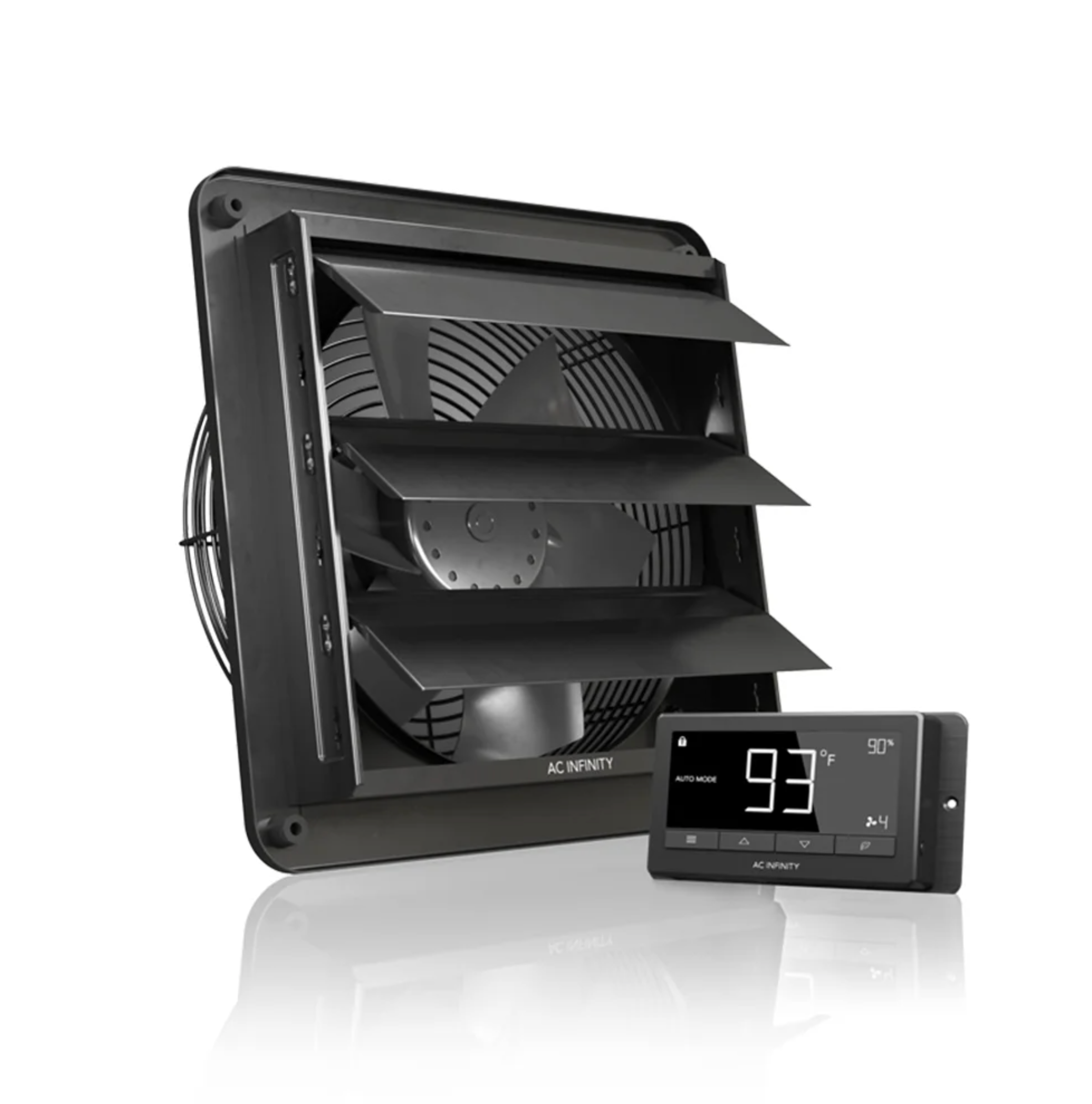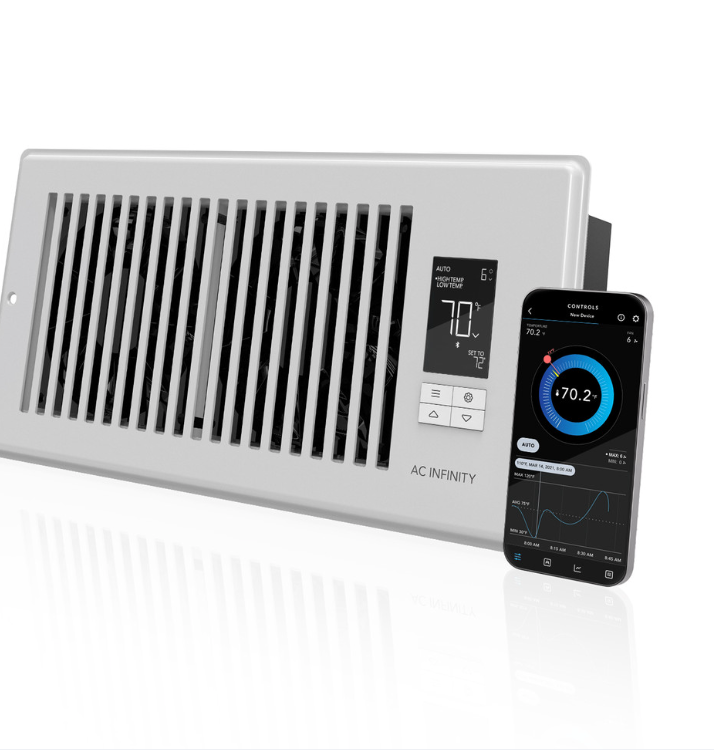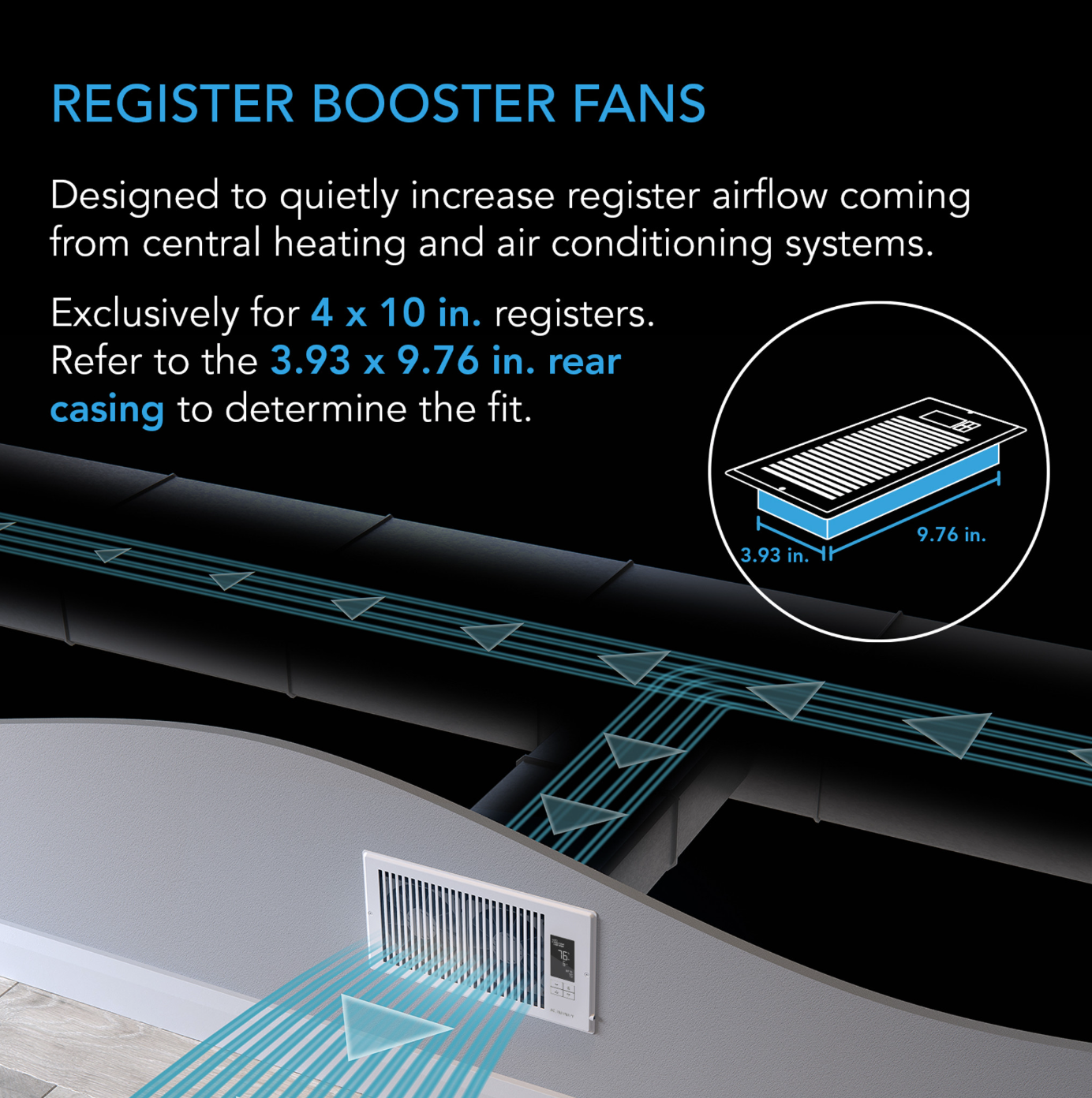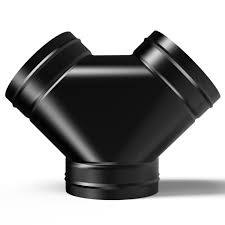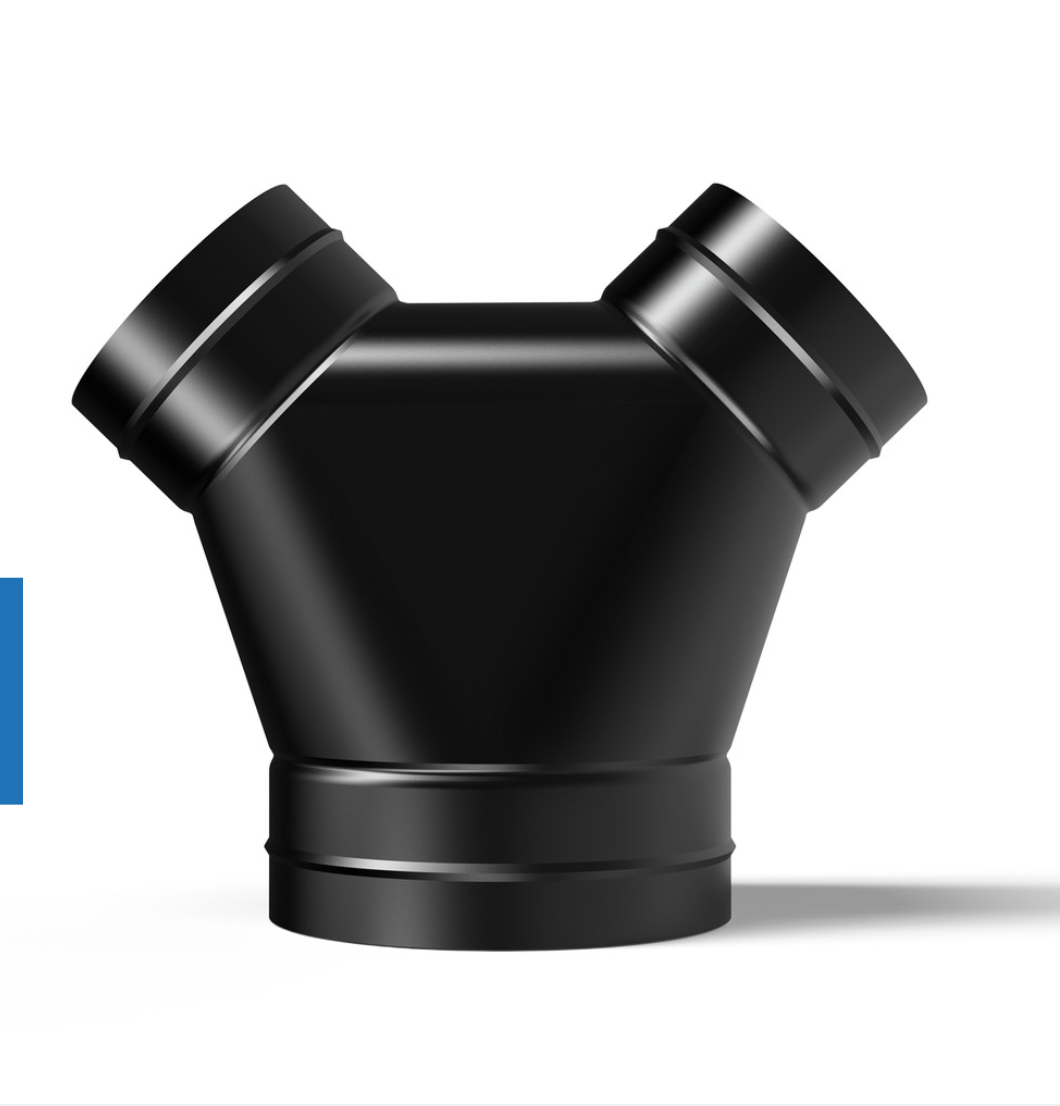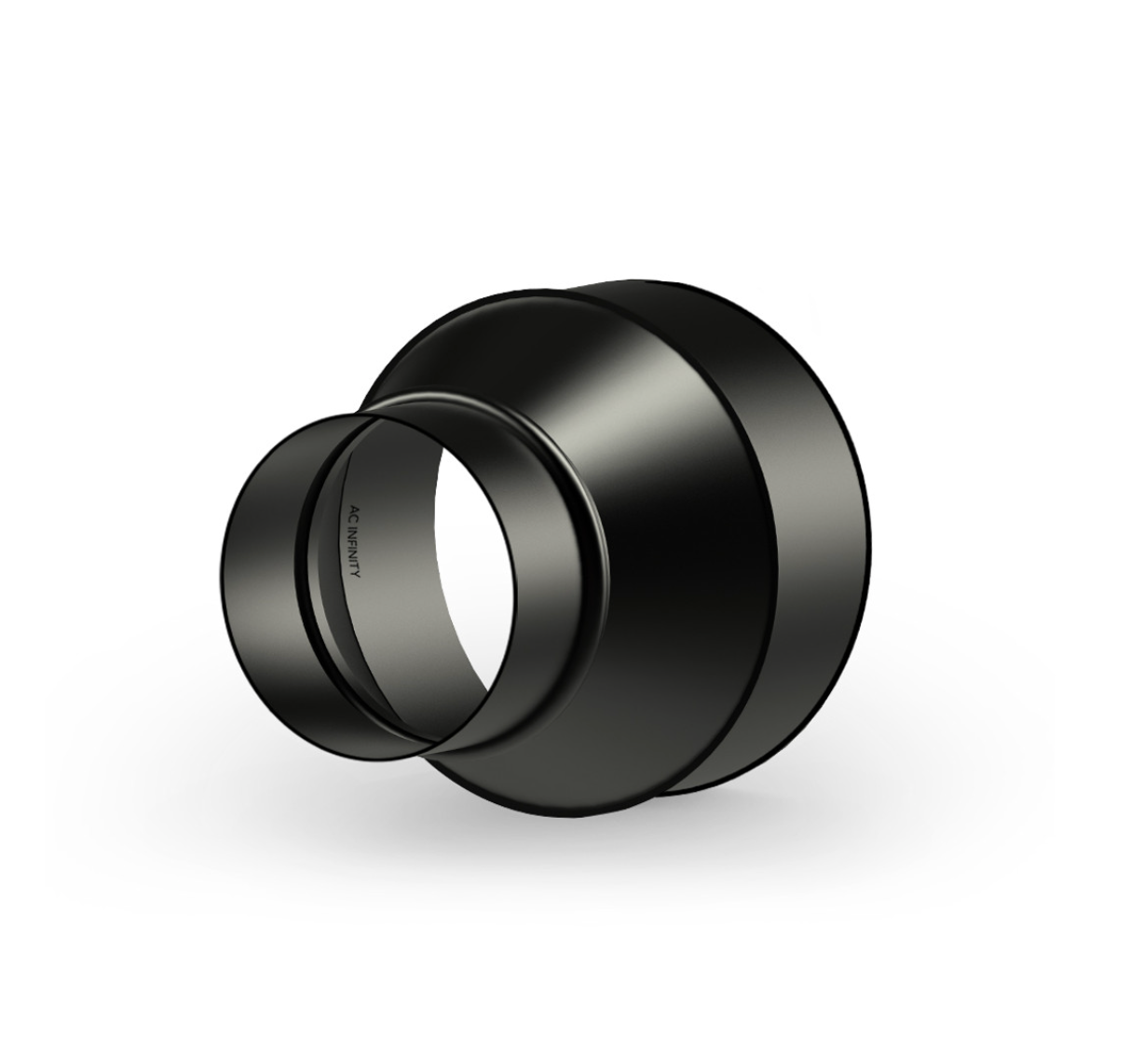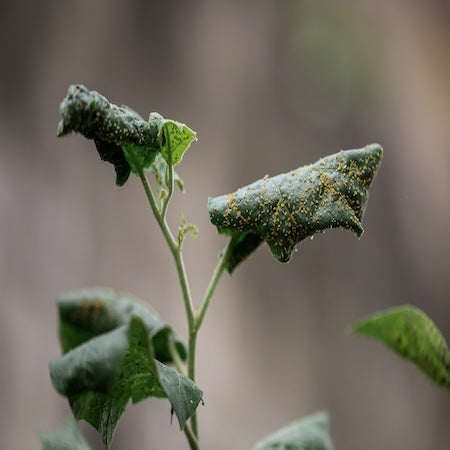
How to Prevent and Treat Common Indoor Plant Diseases Naturally

How to Prevent and Treat Common Indoor Plant Diseases Naturally
Indoor gardening/growing, whether for cannabis cultivation or producing fresh vegetables and herbs, is a rewarding experience. However, it comes with its share of challenges—especially when it comes to plant diseases. Fungal infections, root problems, and leaf spots are some of the most common threats faced by indoor gardeners.
But here’s the good news: with the right preventive measures and natural treatments, you can keep your plants healthy without resorting to harsh chemicals. This guide will walk you through everything you need to know to identify, treat, and prevent common indoor plant diseases naturally.
Understanding Common Indoor Plant Diseases
Before diving into treatments, it’s essential to understand the most common indoor plant diseases, their symptoms, and what causes them.
1. Powdery Mildew: The White Dust Nightmare
Powdery mildew is a white, powder-like fungus that can appear on leaves, stems, and buds. It thrives in environments with high humidity and poor air circulation—two factors often found in improperly managed grow spaces.
How to Spot It:
- White or gray powdery spots on leaves and stems.
- Leaves may yellow, curl, or drop prematurely.
Natural Treatment:
- Mix 1 tablespoon of baking soda with 1 gallon of water and add a few drops of liquid soap. Spray this solution directly on the affected areas weekly until the mildew disappears.
- Reduce humidity to below 60% using a high-quality inline fan system to improve airflow.
2. Root Rot: A Silent Killer
Root rot is a common issue in both soil and hydroponic systems, often caused by overwatering or poor drainage. If untreated, it can quickly spread and destroy your plants from the ground up.
How to Spot It:
- Yellowing leaves that droop despite adequate watering.
- A foul smell from the soil or water reservoir.
- Blackened, mushy roots (check by gently removing a plant from its pot).
Natural Treatment:
- Use a well-draining soil like BuildASoil Light Recipe to prevent waterlogged roots.
- Incorporate beneficial products like Rootwise to promote healthy root growth and fight harmful pathogens.
- Keep water temperatures between 65–75°F in hydroponic systems to inhibit fungal growth.
3. Leaf Spot Diseases: Dots of Despair
Fungal leaf spot diseases cause unsightly brown or black spots on your plants’ leaves. These infections thrive in damp environments and can spread rapidly.
How to Spot It:
- Dark, irregular spots on leaves, sometimes with a yellow halo.
- Premature leaf drop.
Natural Treatment:
- Remove and dispose of affected leaves immediately to prevent further spread.
- Spray plants with a neem oil solution (mix 2 tablespoons of neem oil per gallon of water).
- Enhance airflow using an oscillating fan to keep leaves dry.
Why Prevention Is Your Best Friend
Treating plant diseases is always more challenging than preventing them in the first place. Research suggests that 90% of common indoor plant diseases can be avoided by maintaining proper growing conditions.
Prevention Checklist:
- Monitor Temperature and Humidity: Use a reliable digital hygrometer/thermometer to keep humidity levels between 40–60% and temperatures stable.
- Sanitize Regularly: Clean grow tents, tools, and pots between uses to prevent cross-contamination.
- Inspect Plants Weekly: Catch early signs of disease by inspecting leaves, stems, and roots regularly.
- Introduce Beneficial Microbes: Add products like Nutrient Kits to your soil or hydroponic system to protect plants from harmful pathogens.
- Control Airflow: Proper ventilation with inline fans or oscillating fans reduces moisture buildup, which fungi thrive on.
Natural Remedies Every Grower Should Know
Stock up on these natural remedies for effective, eco-friendly disease control:
- Baking Soda Spray: A cost-effective solution for powdery mildew.
- Neem Oil: Versatile and organic, it works against fungal infections and pests.
- Cinnamon Powder: Sprinkle on soil to deter fungal growth.
- Apple Cider Vinegar: Mix 1 tablespoon per gallon of water to prevent mold and mildew.
Essential Tools for Disease Prevention
Having the right tools can make all the difference. Here are some must-haves for every indoor grower:
| Tool | Purpose | Recommended Product |
|---|---|---|
| Digital Hygrometer/Thermometer | Monitors temperature and humidity levels. | Digital Hygrometer/Thermometer |
| Inline Fan System | Provides ventilation and reduces humidity. | 6-Inch Inline Fan |
| pH Meter | Ensures nutrient absorption by monitoring pH levels. | Digital pH Meter |
| Oscillating Fan | Improves airflow and prevents fungal growth. | Grow Tent Fan |
| Clean Pruning Shears | Prunes affected leaves and improves plant hygiene. | Ergonomic Pruning Shears |
When to Call Us!
Sometimes, despite your best efforts, plant diseases can get out of hand. Here’s when it’s time to call in the pros:
- If the disease spreads despite treatment.
- When multiple plants show severe symptoms.
- If you’re unsure of the diagnosis and need expert advice.
Final Thoughts
Indoor plant diseases can be frustrating, but they’re not insurmountable. Prevention is your best defense, and natural remedies are highly effective for treating most common issues. By maintaining proper growing conditions, investing in the right tools, and acting quickly at the first sign of trouble, you can ensure your indoor garden thrives.
For more expert tips, check out our Grower’s Education Hub or browse our selection of indoor gardening tools and supplies.
FAQs
1. Can powdery mildew spread to all my plants?
Yes, powdery mildew spreads through airborne spores, so act quickly to isolate and treat infected plants.
2. How often should I check my plants for signs of disease?
Inspect your plants at least once a week to catch problems early.
3. Is neem oil safe for edible plants?
Yes, neem oil is safe for edible plants, including cannabis. Just follow the manufacturer’s instructions for proper usage.
4. Can root rot be reversed?
If caught early, root rot can be managed by improving drainage and using beneficial products.
5. How do I lower humidity in my grow tent?
Use a dehumidifier and ensure proper ventilation with an inline fan system.
6. What’s the best soil to prevent fungal diseases?
A well-draining soil li ideal for preventing waterlogged conditions.
Ready to take your indoor gardening to the next level? Visit Home Grow Supplies for premium tools, soils, and expert advice. Let’s grow something amazing together! 🌱
#IndoorGardening, #PlantCare, #NaturalRemedies, #PlantHealth, #GrowTips, #OrganicGardening, #PlantDisease, #GardeningBasics, #GrowYourOwn, #PlantMaintenance, #GrowRoom, #GardeningTips, #HealthyPlants, #IndoorGrowing, #PlantProblems

